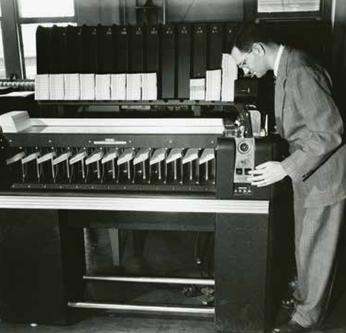Introducing sorting algorithms in Go
Programming Snapshot – Sorting in Go
Whether alphabetical or numerical, bubble sort or quicksort, there is no escape from sorting in computer science. In this month's column, Mike Schilli sorts out the pros and cons of various sorting algorithms in Go.

Long before the first computers existed, sorting data occupied mankind. The German-American Herman Hollerith invented an electromechanical machine as early as 1890 that sorted punched cards into different exit shafts to speed up the evaluation of the US census of that era. And even today, computers continue to sort data – whether this be for a list of YouTube video suggestions, the top 100 charts in the music industry by sales figures, or the slowest queries against a MySQL database for performance analysis purposes.
Machines sort at amazing speeds with programs changing the order of arbitrarily formed data structures. Most of the time, they're relying on a simple key as a sorting criterion, often an integer or a character string. This explains why classical reference works on sorting algorithms [1] [2] often only show you how to sort a series of numbers. This is because porting these algorithms to deal with more complex data structures is trivial and can be done by simply defining a mapping of the data structure to a key.
[...]
Buy this article as PDF
(incl. VAT)
